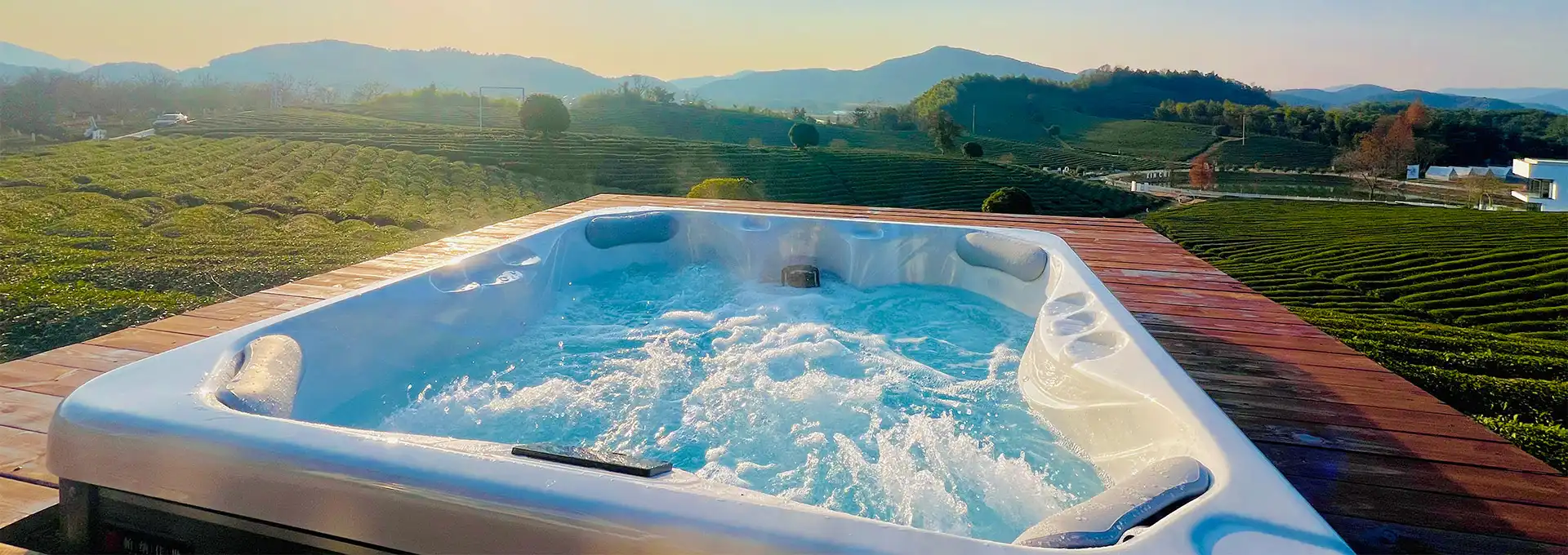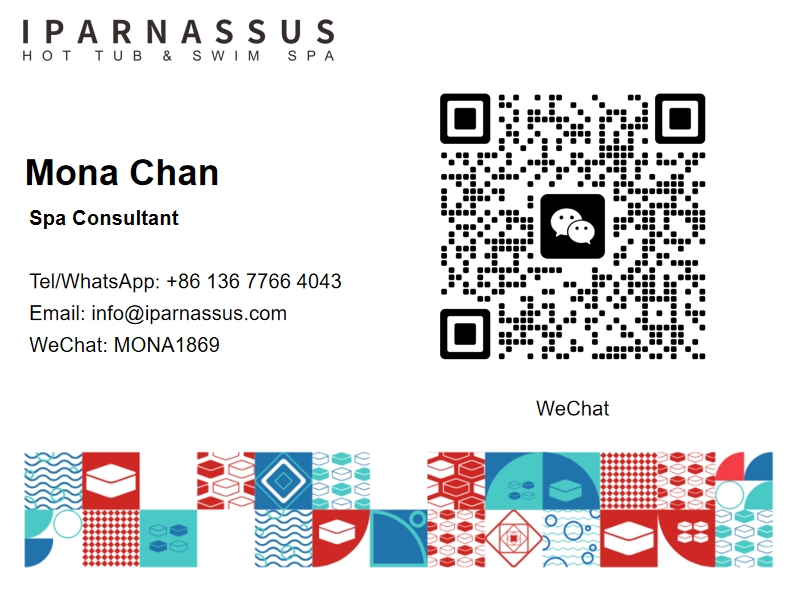Optimal Cold Plunge Temperature for Muscle Repair?
2025-07-19 21:01:26
Determining the optimal cold plunge temperature for muscle repair represents a critical consideration for athletes, fitness enthusiasts, and recovery specialists seeking to maximize therapeutic benefits while maintaining safety protocols. Scientific research consistently demonstrates that cold water immersion effectively accelerates muscle recovery by reducing inflammation, minimizing exercise-induced muscle damage, and promoting faster restoration of physical performance. The temperature range for effective cold plunge therapy typically falls between 50-59°F (10-15°C), with this specific range offering the ideal balance between triggering beneficial physiological responses and avoiding excessive stress on the body's systems. Understanding how different temperatures affect muscle repair mechanisms allows practitioners to customize their cold therapy protocols based on individual tolerance levels, recovery goals, and training intensities. By examining the relationship between water temperature, exposure duration, and muscle recovery outcomes, individuals can develop evidence-based cold plunge strategies that optimize healing processes while supporting long-term athletic performance and overall wellness objectives.
What Temperature Range Provides Maximum Cold Plunge Benefits for Muscle Recovery?
The scientific consensus identifies the 50-59°F (10-15°C) temperature range as optimal for cold plunge muscle recovery applications, providing the perfect balance between therapeutic effectiveness and physiological safety. Research demonstrates that water temperatures within this range effectively trigger vasoconstriction, reducing blood flow to damaged muscle tissues and minimizing inflammatory responses that can delay recovery. The cold exposure at these temperatures activates the body's natural healing mechanisms without causing excessive stress that might compromise the recovery process. This temperature sweet spot ensures that muscle tissues experience sufficient cooling to reduce metabolic activity and limit secondary tissue damage while maintaining cellular integrity essential for proper repair processes.
Temperature precision becomes particularly important when considering individual variability in cold tolerance and specific recovery objectives. Cold plunge sessions at 55°F (13°C) represent an ideal starting point for most practitioners, offering substantial benefits without overwhelming the body's adaptive capacity. Advanced users may gradually progress toward the lower end of the range, with temperatures around 50°F (10°C) providing more intense therapeutic effects for experienced individuals. However, temperatures below 50°F significantly increase risks of adverse effects including hypothermia and frostbite, while temperatures above 60°F may not provide sufficient stimulus to trigger optimal muscle recovery responses.
The physiological mechanisms activated within the optimal temperature range demonstrate why precision matters for muscle repair outcomes. Cold plunge exposure at 50-59°F effectively reduces tissue temperature and metabolic rate, minimizing the oxygen and energy demands of recovering muscles while promoting efficient waste product removal. This temperature range stimulates endorphin release, which aids in muscle fiber repair and provides natural pain relief during the recovery process. The controlled vasoconstriction followed by reactive vasodilation upon exiting creates a pumping effect that enhances circulation and nutrient delivery to healing tissues, making temperature selection crucial for maximizing these beneficial adaptations.
How Long Should You Stay in a Cold Plunge for Effective Muscle Repair?
Duration guidelines for cold plunge muscle repair protocols emphasize starting conservatively and progressively building tolerance to optimize benefits while maintaining safety standards. Beginning practitioners should initiate cold plunge sessions with 30-60 seconds of exposure, allowing the body to adapt gradually to the physiological stress of cold water immersion. Research indicates that even brief exposures within the optimal temperature range can provide measurable muscle recovery benefits, making shorter durations effective for newcomers to cold therapy. As tolerance develops over weeks of consistent practice, individuals can extend their sessions to 3-5 minutes, which represents the duration range where maximum muscle repair benefits typically occur.
The relationship between exposure duration and muscle recovery outcomes follows a dose-response pattern that varies based on training intensity and individual recovery needs. For post-workout muscle repair, sessions lasting 3-7 minutes in properly tempered cold plunge water provide optimal inflammation reduction and enhanced healing without compromising long-term adaptation processes. Extended exposures beyond 10 minutes may not provide additional benefits and could potentially interfere with natural recovery mechanisms, particularly for individuals engaged in strength training where some inflammatory response supports muscle growth. The key lies in finding the minimum effective dose that triggers desired physiological responses while avoiding excessive stress that might hinder recovery progress.
Timing considerations significantly influence how duration affects muscle repair outcomes when implementing cold plunge protocols. Immediate post-exercise cold plunge sessions of 3-5 minutes can effectively reduce muscle damage and inflammation when performed within 30-60 minutes after training completion. However, for individuals focused on muscle growth and strength gains, waiting 4-6 hours post-exercise before cold plunge exposure allows natural inflammatory processes essential for adaptation to occur while still capturing recovery benefits. The optimal duration also depends on water temperature, with colder exposures requiring shorter durations to achieve similar physiological effects, demonstrating the interconnected nature of temperature and time variables in cold therapy protocols.
When Is the Best Time to Use Cold Plunge for Muscle Repair?
Strategic timing of cold plunge sessions maximizes muscle repair benefits by aligning therapeutic interventions with the body's natural recovery processes and circadian rhythms. Post-exercise timing represents the most critical consideration, with research supporting cold plunge implementation within 30-60 minutes after intense physical activity to optimize acute recovery benefits. This timing window allows cold therapy to effectively reduce exercise-induced inflammation and muscle damage while the recovery process is most active. However, practitioners focused on muscle growth should consider delayed timing, waiting 4-6 hours post-exercise to allow natural inflammatory responses that support muscle adaptation to occur before implementing cold interventions.
Frequency recommendations for muscle repair applications suggest 2-3 cold plunge sessions per week provide optimal benefits without overloading the body's adaptive capacity. Daily cold plunge sessions may be appropriate for endurance athletes or during intensive training periods, but could potentially interfere with strength and muscle growth adaptations if timed improperly around resistance training sessions. The body requires adequate recovery time between cold exposures to maintain responsiveness to the therapeutic stimulus, making consistent but measured frequency more effective than excessive exposure. Individual factors including training load, recovery capacity, and specific performance goals should guide frequency decisions to maximize muscle repair outcomes.
Circadian rhythm considerations influence optimal cold plunge timing for muscle repair, with the body's natural temperature fluctuations affecting both tolerance and therapeutic responses. Morning cold plunge sessions align with the body's lowest core temperature period, potentially providing enhanced awakening effects and metabolic stimulation that support overall recovery processes. Evening sessions may offer superior muscle relaxation and sleep quality improvements, which are crucial for muscle repair and growth hormone release. The choice between morning and evening timing should consider individual schedules, training times, and personal response patterns, with consistency being more important than specific timing for long-term muscle repair benefits.
Conclusion
Optimal cold plunge temperature for muscle repair centers around the 50-59°F range, with 3-5 minute sessions providing maximum benefits when timed appropriately around training schedules. Strategic implementation considering individual tolerance, recovery goals, and training objectives ensures cold therapy enhances rather than compromises muscle repair processes, making it a valuable tool for serious athletes and fitness enthusiasts.
Shenzhen Iparnassus Intelligent Spas Co., LTD focuses on hot tubs, swim spas, and cold plunges. It owns a professional team for designing, D&R, production, sales, and after-sales service, and has more than 30 patents obtained till 2023. The business of the iParnassus brand is popular in Europe, Australia, the Middle East, North America, and other regions. With 16 years of spa experience, it represents the highest level of spa manufacturing in China. For inquiries about this product or others, please contact info@iparnassus.com for dedicated service.
References
1. Machado, A.F., et al. (2016). Can water temperature and immersion time influence the effect of cold water immersion on muscle soreness? A systematic review and meta-analysis. Sports Medicine, 46(4), 503-514.
2. Pournot, H., et al. (2011). Short term effects of various water immersions on recovery from exhaustive intermittent exercise. European Journal of Applied Physiology, 111(7), 1287-1295.
3. Roberts, L.A., et al. (2015). Post-exercise cold water immersion attenuates acute anabolic signalling and long-term adaptations in muscle to strength training. Journal of Physiology, 593(18), 4285-4301.
4. Vaile, J., et al. (2008). Effect of hydrotherapy on recovery from fatigue. International Journal of Sports Medicine, 29(7), 539-544.
5. Bleakley, C., McDonough, S., Gardner, E., et al. (2012). Cold-water immersion (cryotherapy) for preventing and treating muscle soreness after exercise. Cochrane Database of Systematic Reviews, 2, CD008262.
6. Yamane, M., et al. (2006). Post-exercise leg and forearm flexor muscle cooling in humans attenuates endurance and resistance training effects on muscle performance and on circulatory adaptation. European Journal of Applied Physiology, 96(5), 572-580.



